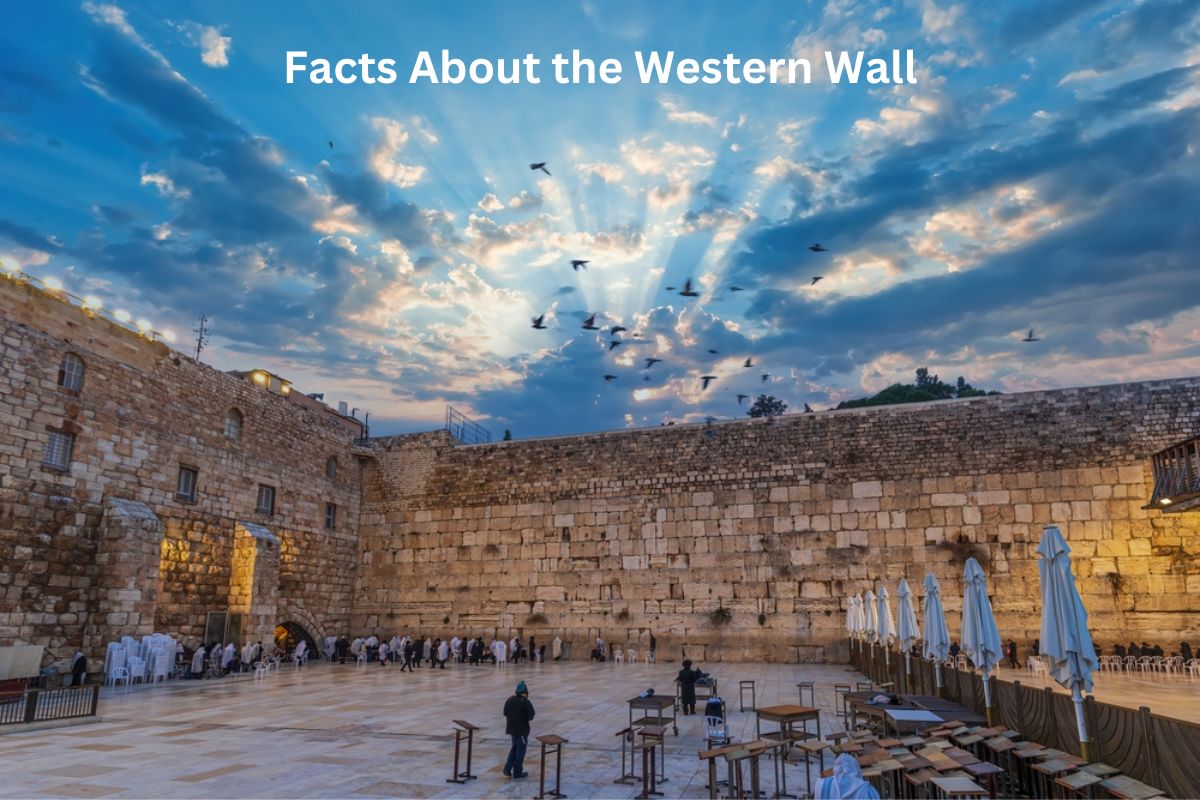The Western Wall, also known as the Wailing Wall or the Kotel, is an iconic and sacred site located in the heart of Jerusalem, Israel.
Its historical significance as part of the ancient Second Temple’s retaining wall, combined with its status as the holiest site in Judaism, draws visitors and worshippers from all over the world.
This monumental structure, dating back to the time of King Herod, has a rich history and cultural significance that continues to play a central role in the lives of people of various backgrounds.
In this article, we will explore some fascinating facts about the Western Wall, delving into its history, religious importance, traditions, and the experiences it offers to those who visit.
Western Wall Facts
1. Historical significance: Part of the Second Temple’s retaining wall
The Western Wall is historically significant as it is the last remaining structure of the Second Temple in Jerusalem.
The Second Temple was a Jewish holy temple that stood in Jerusalem for nearly 600 years. It was originally built during the reign of King Herod the Great and served as the center of Jewish worship and religious life.
Also Read: Facts About Jerusalem
The Western Wall was part of the retaining wall that supported the massive platform upon which the temple was constructed. The temple was destroyed by the Romans in 70 CE during the Siege of Jerusalem, and only the Western Wall remained largely intact.
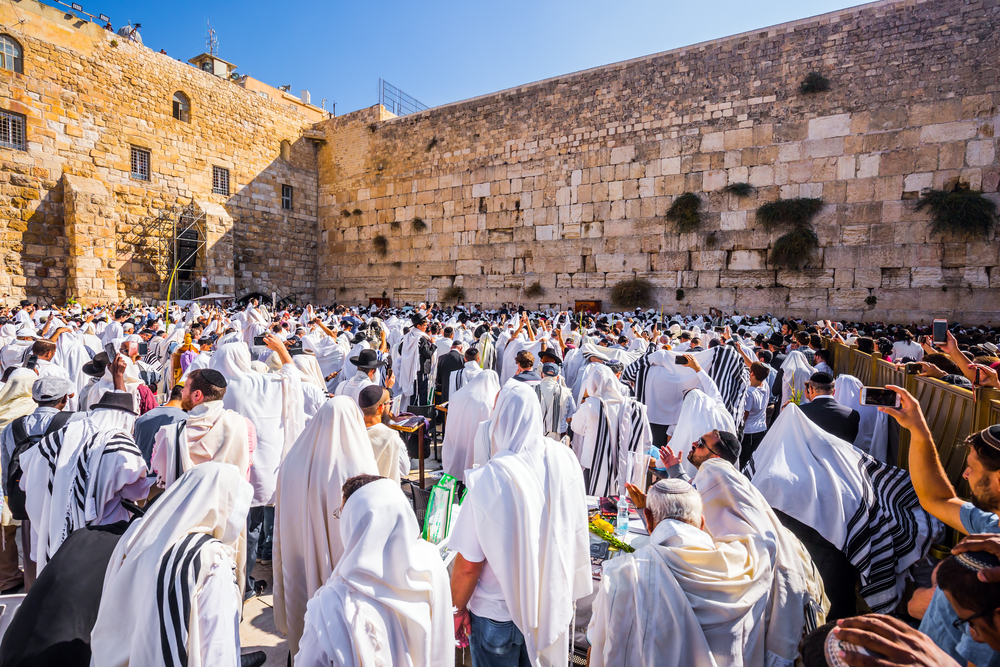
2. Construction date: Built around 19 BCE to 64 CE
The construction of the Second Temple and its retaining wall began around 19 BCE and was completed in 64 CE. This construction project was a monumental feat of engineering and architecture in ancient times.
Also Read: Zionism Facts
The retaining wall, of which the Western Wall is a part, was built to support the large esplanade upon which the temple complex was situated.
The temple itself was renowned for its grandeur and significance in the Jewish faith, making it a focal point for pilgrims and worshippers from across the region.
3. Dimensions: Approximately 187 feet long and 62 feet high in places
The Western Wall stretches for a length of approximately 187 feet (57 meters) and reaches a height of about 62 feet (19 meters) in some places.
The wall consists of massive stones, some weighing several tons, and it is an impressive architectural achievement, especially considering the technology and tools available at the time of its construction.
The stones are carefully placed and aligned, and the sheer size and scale of the wall have contributed to its lasting historical and religious significance. The Western Wall’s dimensions and the remaining portion that we see today are a testament to the engineering prowess of the builders of the Second Temple.
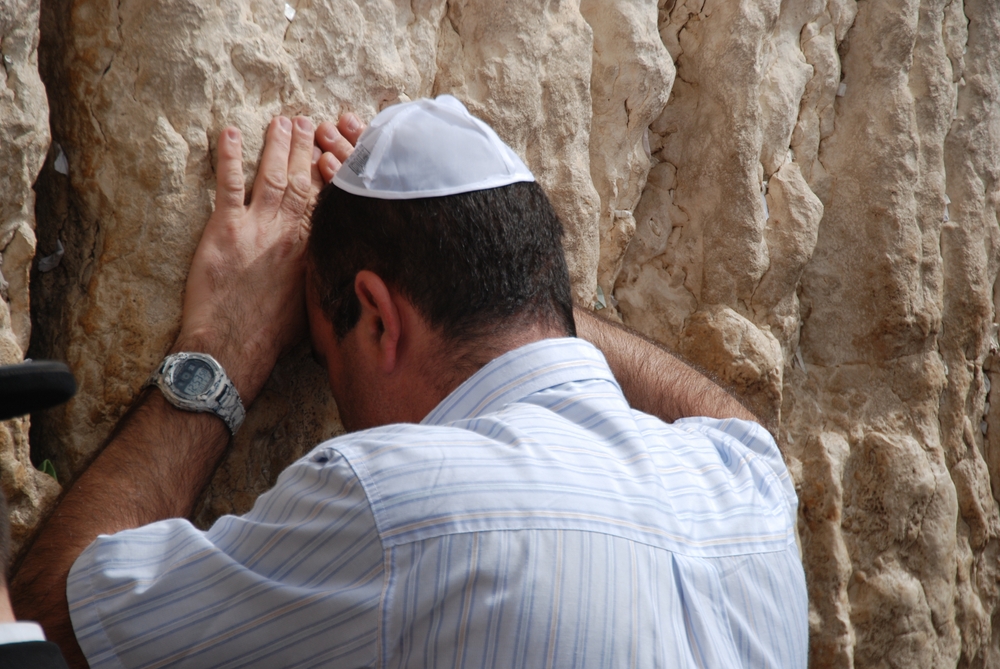
4. Holiest site in Judaism
The Western Wall is revered as the holiest site in Judaism. It holds immense religious and spiritual significance for Jewish people around the world.
According to Jewish tradition, the Western Wall is considered the closest accessible point to where the Holy of Holies once stood within the Second Temple.
The Holy of Holies was the innermost sanctum of the temple and was believed to be the dwelling place of the divine presence. Therefore, the Western Wall is a place where Jews come to pray, reflect, and connect with their faith.
Many leave written prayers, known as “kvitlach,” in the crevices between the stones, believing that these notes will be taken to heaven during divine intervention.
5. Place of prayer and written prayers
The Western Wall is not only a historical relic but also an active place of worship. Visitors, as well as local Jews, gather at the wall to pray individually or as part of group services.
Various Jewish prayer traditions are observed at the Western Wall, including the custom of rocking back and forth (a practice called “davening”) while reciting prayers, which is a way of enhancing concentration and devotion during prayer.
It’s a deeply spiritual experience for many, and people often pour out their hearts in prayer at this sacred site.
6. Gender separation: Men and women have designated sections
When you visit the Western Wall, you’ll notice that there are separate prayer sections for men and women. This gender separation is a longstanding tradition in Orthodox Judaism.
The men’s section is typically larger and more prominent, often positioned closer to the wall itself, while the women’s section is set slightly apart. This separation allows for a focused and reverent atmosphere during prayer.
While there are calls for greater inclusivity and mixed-gender prayer areas in modern times, these gender divisions continue to be maintained in accordance with Orthodox Jewish customs. It’s important to respect these traditions when visiting the Western Wall.
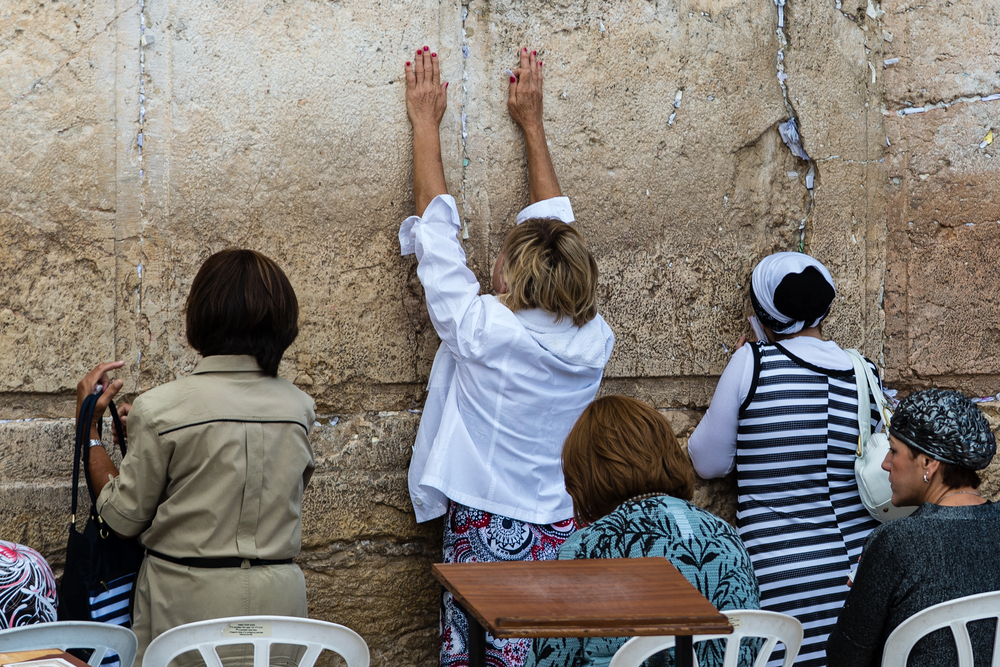
7. Open 24/7 to people of all faiths
The Western Wall is open to visitors 24 hours a day, seven days a week. This accessibility allows people from all around the world to visit and experience its spiritual and historical significance.
Whether you are a devout Jew, a curious traveler, or someone interested in history and culture, you can visit the Western Wall at any time. It’s a place where people of all faiths and backgrounds are welcome to observe, reflect, and participate in the unique atmosphere of prayer and devotion.
8. Archaeological discoveries around the wall
Excavations around the Western Wall have yielded a wealth of archaeological discoveries. These excavations have provided insights into the history of Jerusalem, the Second Temple period, and the daily life of people in ancient times.
Artifacts such as pottery, coins, and inscriptions have been unearthed, shedding light on the rich history of the area. The archaeological findings continue to contribute to our understanding of the city’s past and the significance of the Western Wall.
9. Focal point during the Six-Day War in 1967
The Western Wall played a pivotal role in the events of the Six-Day War in 1967. Prior to the war, East Jerusalem, including the Old City where the Western Wall is located, was under Jordanian control. During the war, Israeli forces captured East Jerusalem and, with it, the Western Wall.
The sight of Israeli soldiers praying at the Western Wall after its capture became an iconic symbol of the war and the reunification of Jerusalem. This event further solidified the Western Wall’s significance as a national and religious symbol for Israel.
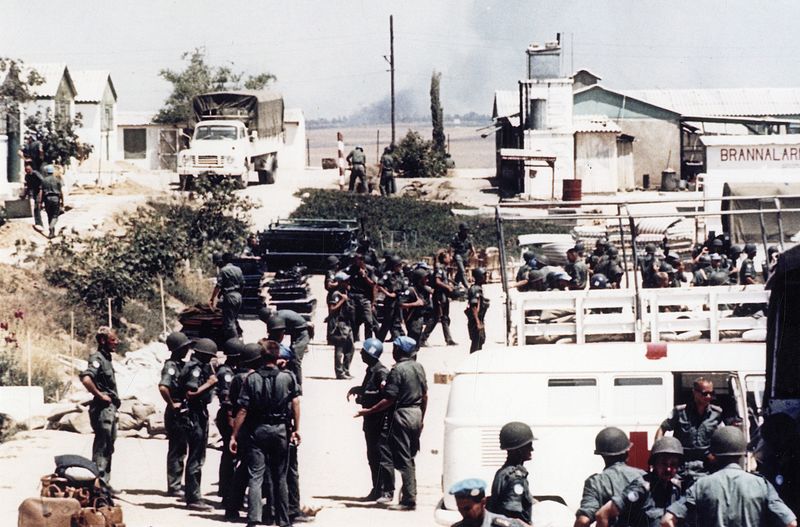
10. Western Wall Plaza for gatherings
In front of the Western Wall, there is a large open area known as the Western Wall Plaza. This plaza is designed to accommodate large gatherings of worshippers and visitors. It often hosts religious ceremonies, events, and celebrations.
The Western Wall Plaza is where many people come to celebrate Bar Mitzvahs, Bat Mitzvahs, and other important life events. It serves as a communal space for prayer, reflection, and cultural activities, making it an integral part of the Western Wall experience.
The plaza also offers a panoramic view of the Western Wall and its surroundings, allowing visitors to appreciate its grandeur and historical context.
11. Four Sephardic synagogues along the wall
Four Sephardic Synagogues: Alongside the Western Wall, there are four ancient Sephardic synagogues. These synagogues have historical and religious significance and are part of the complex surrounding the Western Wall area:
- Yohanan ben Zakai Synagogue: This synagogue is the smallest among the four and is named after Yohanan ben Zakai, a prominent Jewish sage who lived during the Second Temple period. The synagogue features a beautifully decorated interior with intricate tile work and arched ceilings.
- Istanbuli Synagogue: Also known as the Istanbuli HaKehal Yeshiva, this synagogue is known for its distinctive blue and white tiles. It is named after the Jewish community of Istanbul, Turkey. The synagogue is a place of prayer and study and is adorned with intricate decorations.
- Emtsai Synagogue: The Emtsai Synagogue, also known as the Middle Synagogue, is situated between the Yohanan ben Zakai and Istanbuli synagogues. It serves as a place for worship and reflection for those who visit the Western Wall.
- Eliahu Hanavi Synagogue: The Eliahu Hanavi Synagogue is the largest and most well-known of the four synagogues. It is named after the biblical prophet Elijah (Eliahu Hanavi). The synagogue has a beautiful and spacious interior, with colorful stained glass windows and a striking design. It is often used for special events, ceremonies, and gatherings.
12. Visitors’ center nearby
Near the Western Wall, there is a modern visitors’ center that provides historical and educational information about the site.
Visitors can learn about the history, significance, and archaeological discoveries related to the Western Wall through multimedia presentations, exhibits, and guided tours.
The visitors’ center enhances the overall experience for those seeking a deeper understanding of the Western Wall’s cultural and religious importance.
13. Western Wall Tunnels for exploration
Beneath the Western Wall and the adjacent Muslim Quarter of the Old City lies a network of underground tunnels known as the Western Wall Tunnels. These tunnels provide a unique and immersive experience for visitors, allowing them to explore the hidden layers of history beneath the city.
The tunnels offer a closer look at the massive stones of the Western Wall, as well as archaeological findings that span thousands of years. Visitors can walk along ancient streets, see ritual baths, and gain a deeper appreciation for the historical and architectural significance of the Western Wall.
The Western Wall Tunnels are an essential part of understanding the complex history of Jerusalem and the Second Temple period
